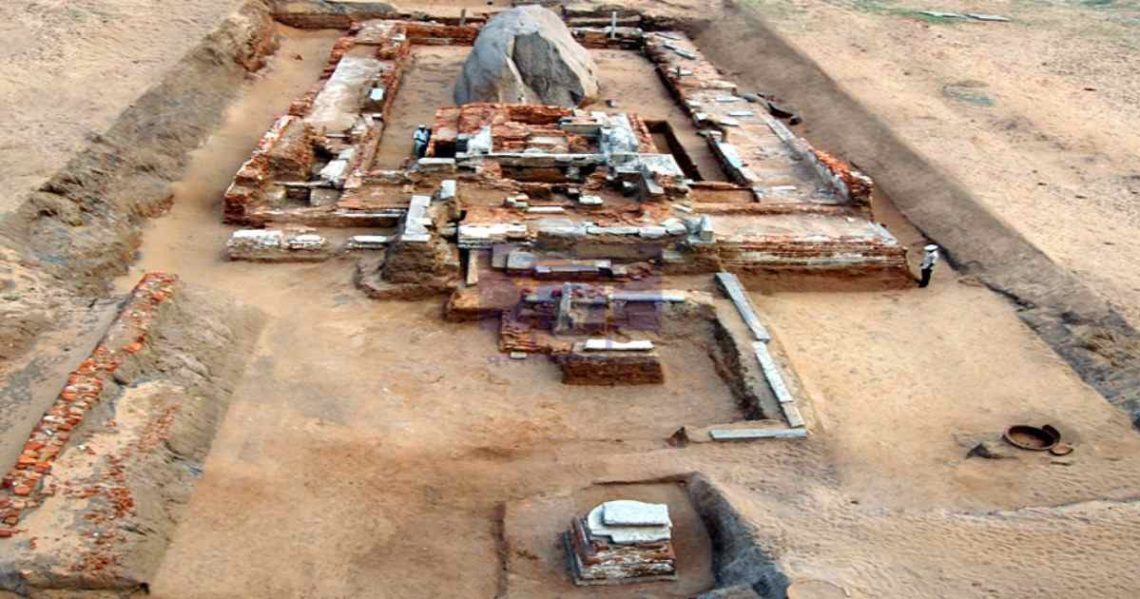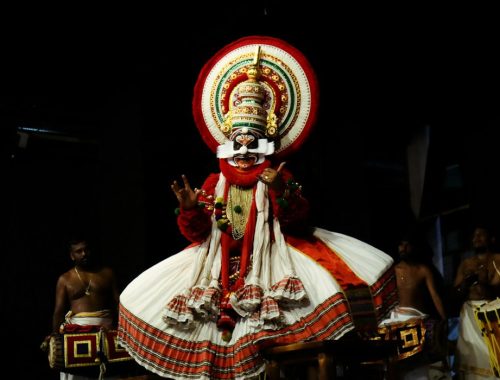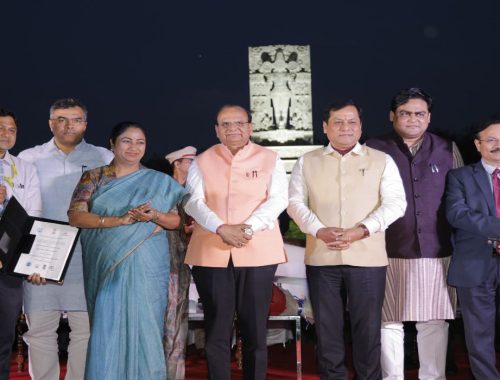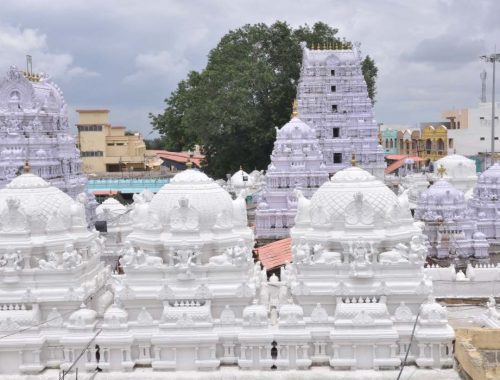
Major Archaeological Developments in India: What’s Happening in 2025
India’s archaeological research is making significant progress in 2025. The Archaeological Survey of India has expanded several programs, researchers have made important discoveries, and new technology is helping uncover the country’s ancient heritage more effectively than before.
In this blog, we will cover the most significant archaeological developments happening in India during 2025, including ASI’s underwater archaeology expansion, recent dating discoveries in Gujarat, new technology being used at dig sites, and how these developments are changing our understanding of ancient Indian history. Keep reading!
ASI Expands Underwater Archaeology Program
The Archaeological Survey of India has expanded its Underwater Archaeology Wing this year. The program focuses on exploring coastal waters in Maharashtra, Gujarat, and Tamil Nadu to find submerged historical sites.
The decision comes after recognizing that India’s 7,500-kilometer coastline could contain ancient settlements now underwater due to sea level changes over thousands of years. The program uses advanced sonar technology and underwater robots to map potential archaeological sites.
The focus areas include waters near ancient Harappan sites like Lothal in Gujarat, areas around Dwarka where legendary structures might be submerged, and Tamil Nadu waters where Chola dynasty maritime activities took place.
Gujarat Discovery Pushes Back Indian Civilization Timeline
Researchers from IIT Gandhinagar have made an important discovery in the Great Rann of Kutch. They found evidence of human settlements that existed thousands of years before the Harappan civilization.
The team used Accelerator Mass Spectrometry (AMS) dating on ancient shell remains and stone tools. The results show organized coastal communities were living in the area around 10,000 BCE, much earlier than previously known.
This finding changes the timeline of when sophisticated human societies developed in India. The discovery suggests that coastal civilizations in India developed before moving inland, which is different from what historians previously believed.
The research involved multiple institutions, including IIT Kanpur, IUAC Delhi, and PRL Ahmedabad. The collaborative approach helped ensure accurate dating and proper analysis of the findings.
New Technology Changing Archaeological Research
Indian archaeologists are using advanced technology to make discoveries more efficiently and accurately.
Digital Documentation Projects
The ASI has started creating detailed digital records of major archaeological sites. They use 3D scanning and photogrammetry to create virtual models of monuments and artifacts. This technology helps preserve information about sites even if physical structures get damaged.
Satellite Imagery Analysis
High-resolution satellite images help identify potential archaeological sites from above. This approach is particularly useful in remote areas where ground surveys are difficult or expensive to conduct.
Ground-Penetrating Radar
This technology allows researchers to see underground structures without digging. Archaeologists can identify promising areas for excavation while avoiding damage to sensitive sites.
Advanced Chemical Analysis
New laboratory techniques provide detailed information about ancient artifacts. Scientists can determine where materials came from, what ancient people ate, and how they made their tools and pottery.
Explore our entire Archaeology section here.
International Collaboration Increases
Indian archaeological projects now involve more international partnerships. The underwater archaeology program includes experts from countries with experience in marine archaeology.
These collaborations provide training for Indian researchers in specialized techniques like underwater excavation and advanced dating methods. International partners also help with expensive equipment that individual institutions cannot afford.
The partnerships work both ways – Indian researchers contribute their knowledge of local history and culture while learning new technical skills from international experts.
Challenges Facing Archaeological Research
Despite technological advances, Indian archaeology faces several ongoing problems.
Funding remains the biggest challenge. Many promising sites cannot be explored due to limited budgets for excavation and research. Underwater archaeology is particularly expensive because it requires specialized equipment and trained divers.
Environmental threats are increasing. Climate change affects coastal sites through rising sea levels and increased storm activity. Urban development often destroys archaeological sites before they can be properly studied.
Training qualified researchers takes time and resources. As technology advances, archaeologists need specialized training to use new equipment and techniques effectively.
Impact on Heritage Tourism
Archaeological developments are creating new tourism opportunities. Sites with digital documentation can offer enhanced visitor experiences through virtual reality displays and interactive exhibits.
Potential underwater discoveries could create entirely new types of heritage attractions along India’s coast. If ancient port cities are found, they could become major tourist destinations similar to other underwater archaeological sites worldwide.
Museum exhibitions featuring recent discoveries help the public understand India’s ancient heritage while generating revenue that can support further research.
Future Research Priorities
Several areas show particular promise for future archaeological research in India.
Coastal exploration will likely expand based on early underwater archaeology results. The long Indian coastline offers enormous potential for finding submerged historical sites.
Regional survey programs using satellite imagery could identify previously unknown archaeological sites across different parts of India. This systematic approach could reveal patterns of ancient settlement and development.
Integration with climate research helps archaeologists understand how ancient societies adapted to environmental changes. This information is valuable for both historical understanding and modern climate adaptation planning.
Conservation and Preservation Efforts
The ASI is emphasizing conservation alongside new discoveries. Advanced preservation techniques help protect artifacts and monuments for future study and public education.
Digital documentation serves multiple purposes – creating research resources and providing backup records if physical sites face damage from natural disasters or human activity.
Training programs teach local communities about archaeological site protection, creating a network of heritage guardians across the country.
Educational Opportunities Growing
Archaeological developments are creating educational benefits beyond academic research. Universities are expanding archaeology programs to train more specialists in modern techniques.
Museum exhibitions featuring recent discoveries help public understanding of Indian history while inspiring interest in archaeological careers.
School programs that include archaeological content help young people understand the importance of preserving historical heritage.
Economic Benefits
Archaeological research contributes to economic development through heritage tourism, job creation, and international recognition of India’s cultural importance.
The technology developed for archaeological research often has applications in other fields, creating additional economic value from research investments.
International collaborations enhance India’s reputation in global scientific communities, leading to additional research partnerships and opportunities.
Looking Ahead
The archaeological developments of 2025 represent significant progress in understanding India’s ancient past. Advanced technology, international collaboration, and expanded funding are creating unprecedented opportunities for discovery.
The combination of underwater exploration, advanced dating techniques, and digital preservation creates a comprehensive approach to archaeological research. As these programs continue, they will likely produce discoveries that change how we understand ancient Indian civilization.
The coming years may bring findings that establish India’s role in early global civilization development and demonstrate the sophistication of ancient Indian societies.
(Featured image taken from asichennai.gov.in)
Khushi Jha
I am Khushi Jha, a proud alumna of Delhi University with a degree in History and Political Science. My fascination with the events that have shaped our world drives me every day. Currently, I am pursuing my Master’s in History, diving even deeper into global dynamics and the incredible heritage of India. I firmly believe that India's rich heritage deserves wider recognition. I strive to bring its stories to the forefront, ensuring they are celebrated and acknowledged on a global stage. I have written extensively across various niches, including fashion, health, lifestyle, real estate, hospitality, amongst others. In my free time, you’ll find me immersed in books, both fiction and non-fiction, or simply enjoying some much-needed rest.
You May Also Like

Top 10 Traditional Indian Dance Forms: A Journey Through Culture and Heritage
June 1, 2024
Delhi Launches Solar-Powered River Cruises on Yamuna to Reduce Traffic and Boost Tourism
March 15, 2025


